Finance automation
that puts you in charge
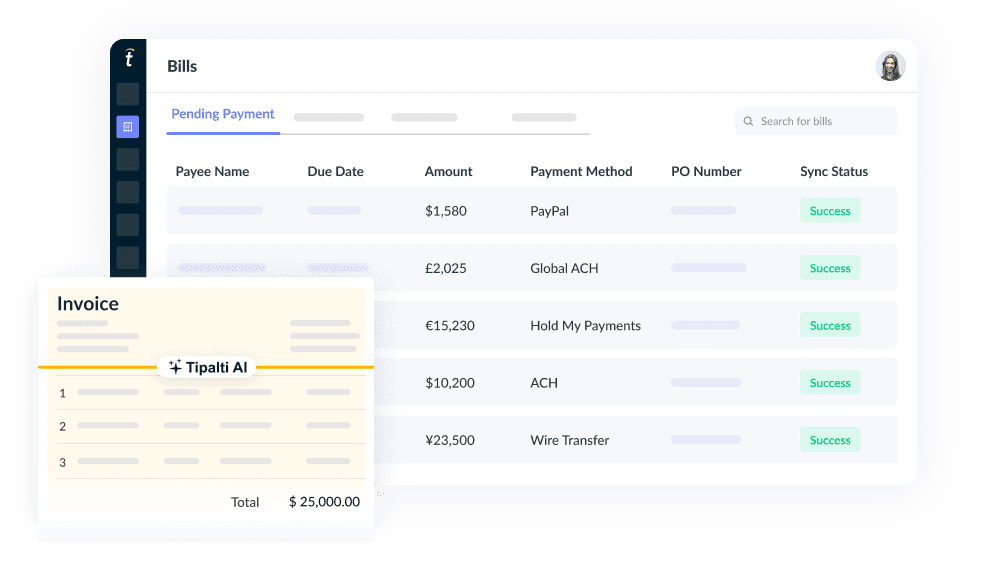
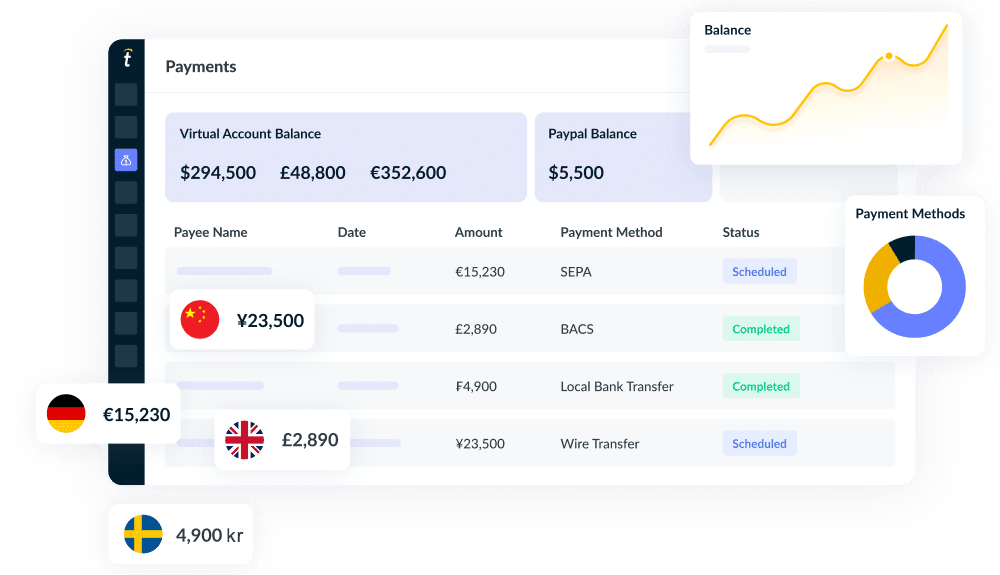
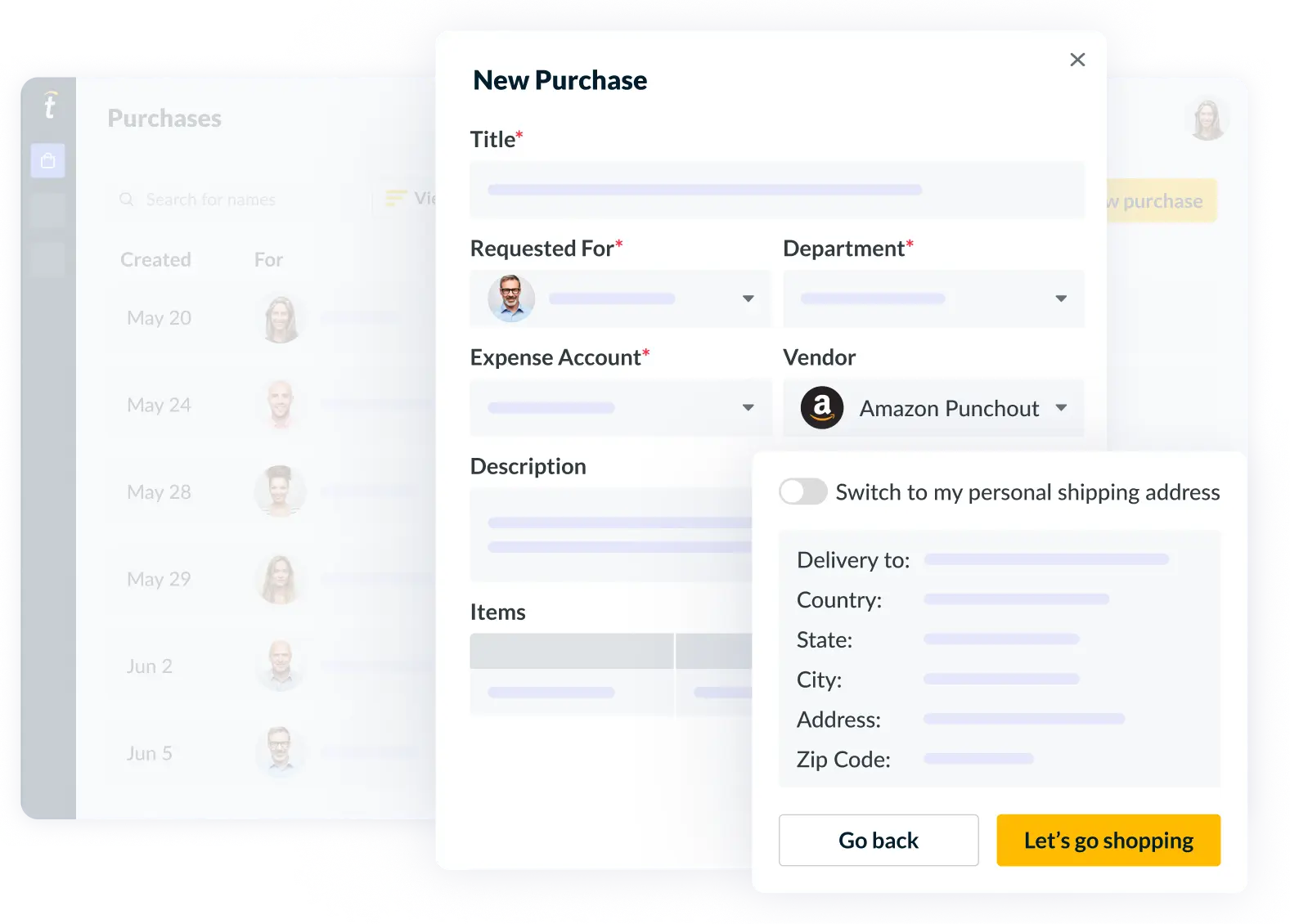
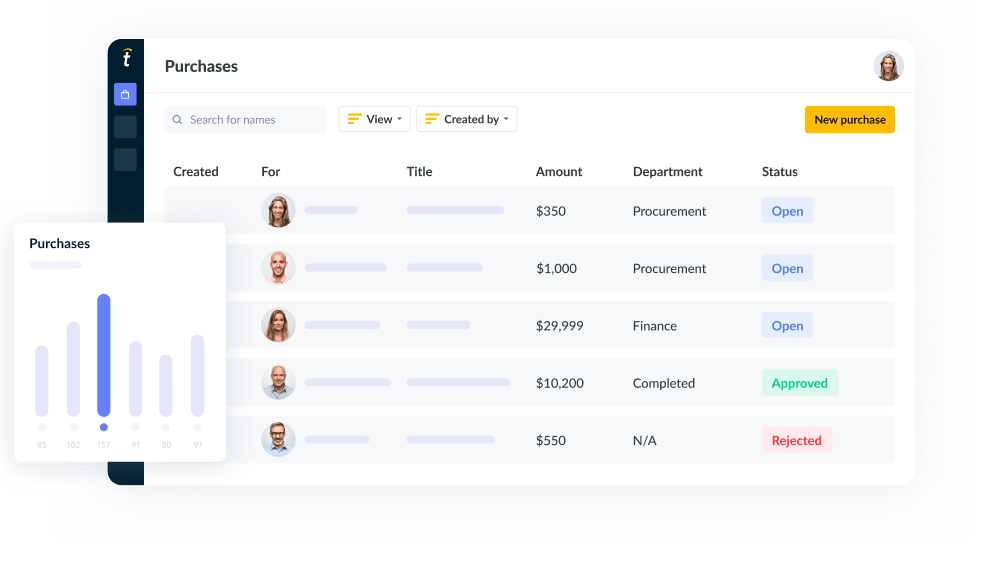
Trusted by over 4000 customers globally
Tipalti helps you take
control of your
Accounts Payable Automation
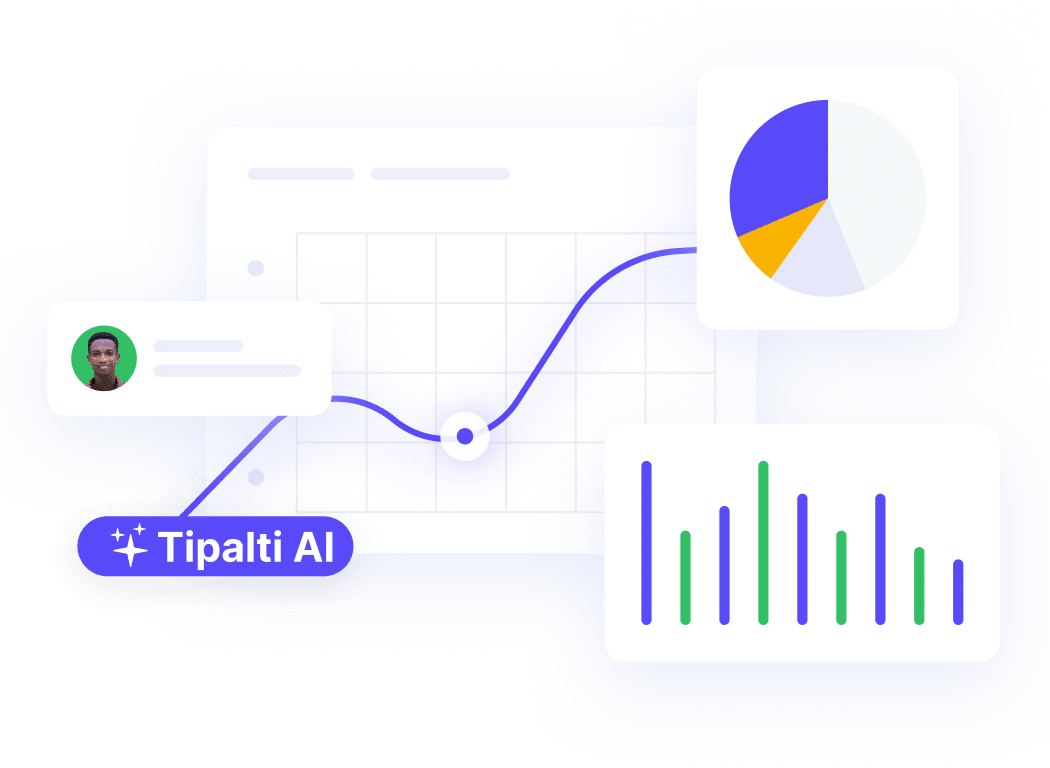
Automate your routine, time-intensive accounts payable tasks. Shift data entry to your suppliers and eliminate inaccuracies with a multi-language supplier portal. Never key in another invoice with advanced Optical Character Recognition (OCR), and send payments in just a few clicks.
Mass Payments
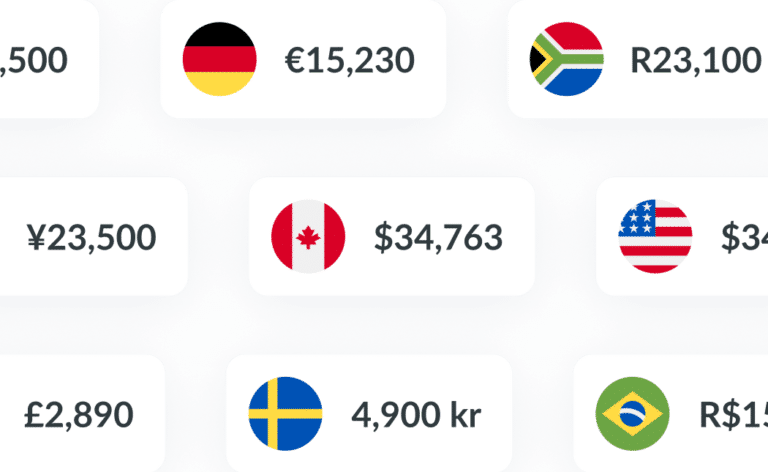
Attract, retain, and delight your contractors, freelancers, creators, streamers, affiliates, publishers, and more with a best-in-class payment experience from onboarding to year end reporting and beyond.
Procurement
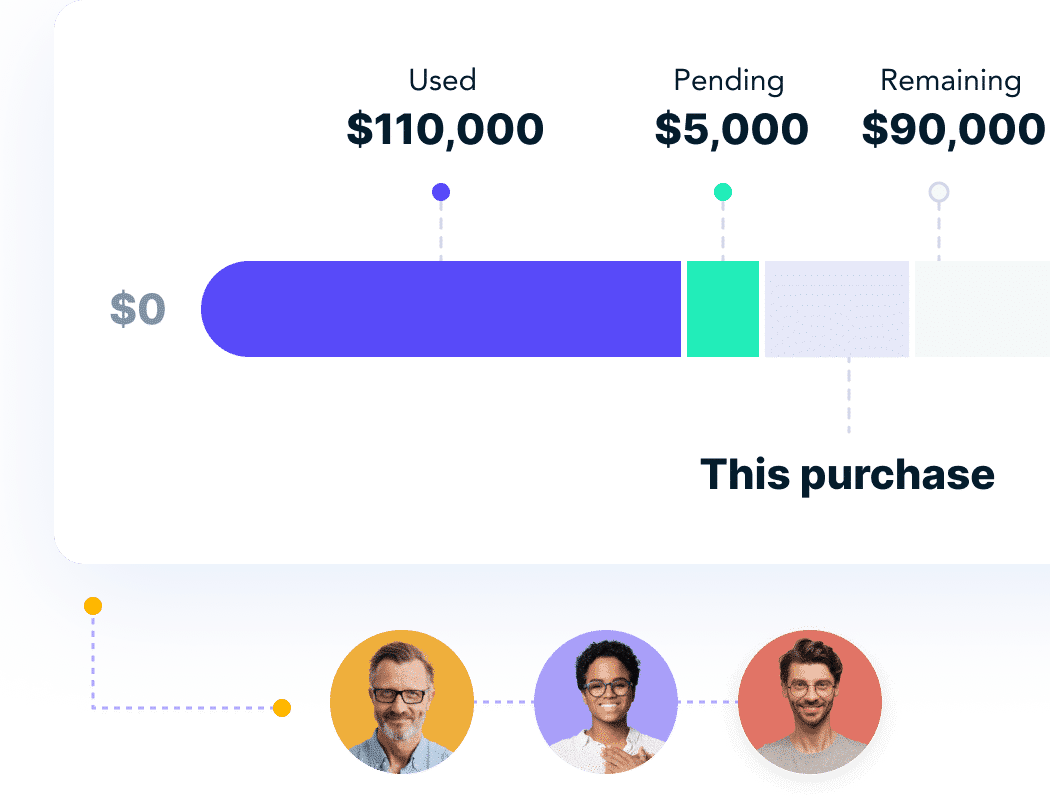
Modernize your Procurement operations with greater control over spending. Reduce maverick purchases along with financial and compliance risks.
Expenses
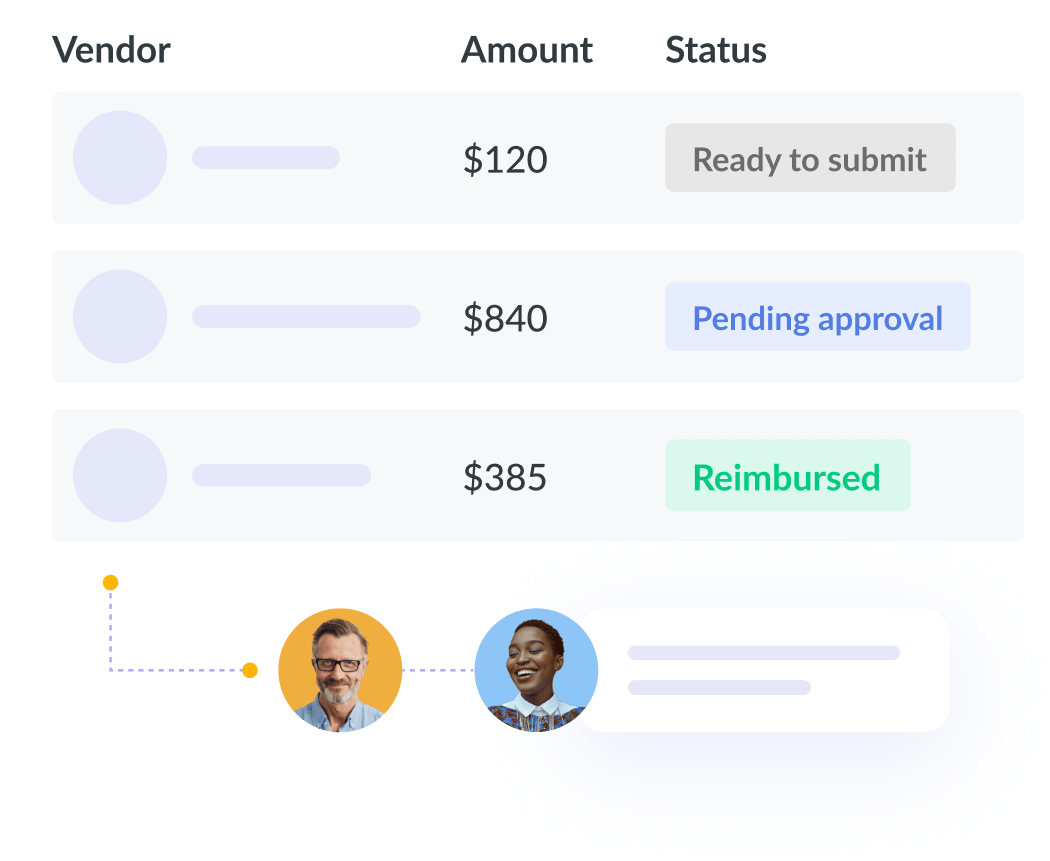
With Tipalti, employees can create and submit expense reports while managers can review and approve expenses quickly, easily, and on the go.
Connect with your ERP platform, accounting software, and more
Our robust pre-built connectors and our no-code, drag-and-drop interface makes it easy and fast to automatically sync vendors, invoices, and invoice payment data between Tipalti and your ERP or accounting software.

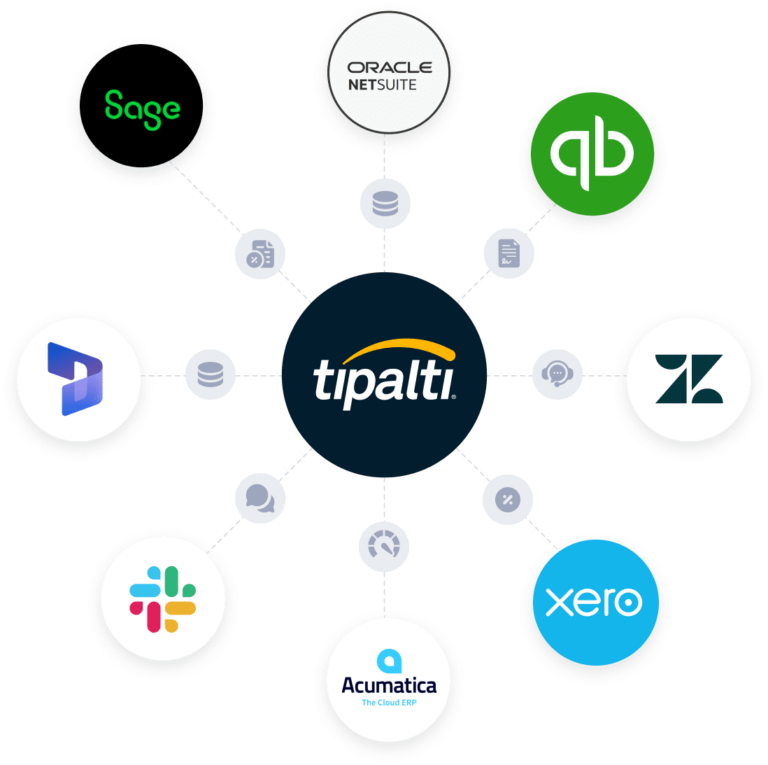
#1 award-winning finance automation solution




See why the world’s most innovative companies choose Tipalti

We would have had to hire at least two more employees to handle onboarding and payments, but now we can refocus the existing team on mission-critical work.
Marc Balcke
Corporate Controller


We needed to improve controls and efficiency, allowing the team to move away from manual work and email communication, and focus on reviewing and approving spending.
Charlotte Harris
Systems Manager


Now, we have time to find ways to reduce costs and enhance revenues. We’re focused on strategy, not just making sure that people are getting paid on time. I can’t imagine what our AP process would look like without Tipalti.
Kevin Crowley
Accounting Manager


Tipalti was a godsend for us. Everything’s done on your phone and email—you just click approve, and you’re done. We never miss a payment, we are never late. Payments is a seamless process for us.
Amanda Afeiche
VP of Finance & Administration

From sign up to implementation, we went live in four weeks, which was incredibly fast. It’s been smooth sailing since, and our clients love it.
Hunter Paletsas
CFO


We used to issue wires, ACHs, and paper checks and pay all the transaction fees. Now Tipalti is taking care of all of this with much lower cost options for us.
Toni Tornell
Controller





Free up your team to focus and scale
Free up your teams from the day-to-day inefficiencies of manual finance processes. With Tipalti, you get an end-to-end, integrated product that handles the evolving needs of your business – with a focus on scale, efficiency, controls, and visibility.
80%
of manual
workload eliminated
25%
faster
financial close
Pay across
196 countries
120 currencies
12 payment methods
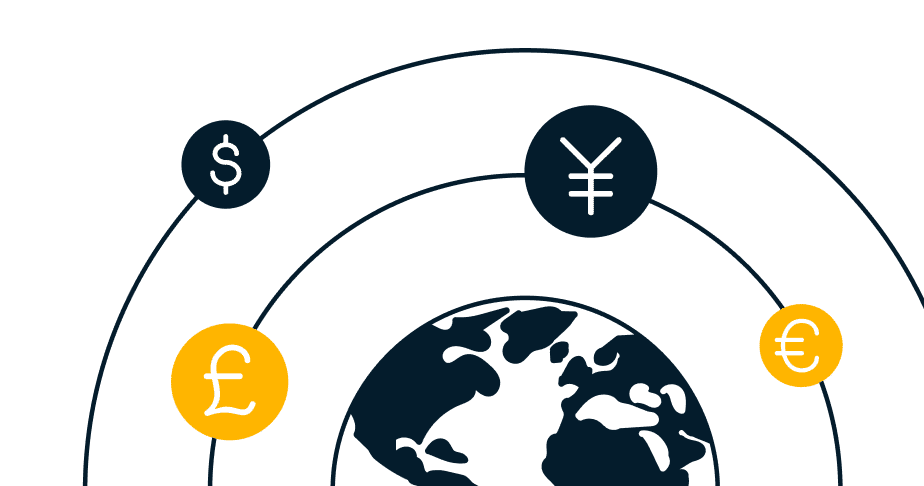
Read how Tipalti is transforming
the way customers do business

Eliminated 36 days of Manual work annually

ONLINE SERVICES
We aim to be one of the fastest to pay in the industry. Some labels only pay quarterly or every six months. But we pay monthly. A primary benefit of joining Create is your YouTube money. We pretty much pay it out three days after we receive it.
Zach Victor
VP of Finance, Create Music Group

Savings from not having to hire 2 additional headcount for financial operations

ONLINE SERVICES
The amount of time that’s been saved from moving to an automation process is very significant. We’ve removed 90% of the manual elements from the process, and we’re making it super easy for everyone at each stage to understand what’s going on.
Bradley Clifford
Assistant Controller, Stack Overflow

Automated payments to 30+ countries

ONLINE SERVICES
With Tipalti, it takes 3 minutes to complete a payment run.
Jason Wechsler
VP Revenue Accounting and Finance Automation

Achieved an 80% reduction in procurement and Accounts Payable workload

ONLINE SERVICES
The best practice is to have a purchase order first—the requisition needs to be approved before we receive the invoice. After we have a valid PO, we wait for the supplier to send us the invoice, and then we can match it to the PO and then make the payment. Tipalti has automated the entire process for us.
Henry Zhuang
Accounting Manager, Jumio
What’s trending in
finance automation?
Let’s get more productive
Schedule a demo today and learn how you can take control of your finance operations.









